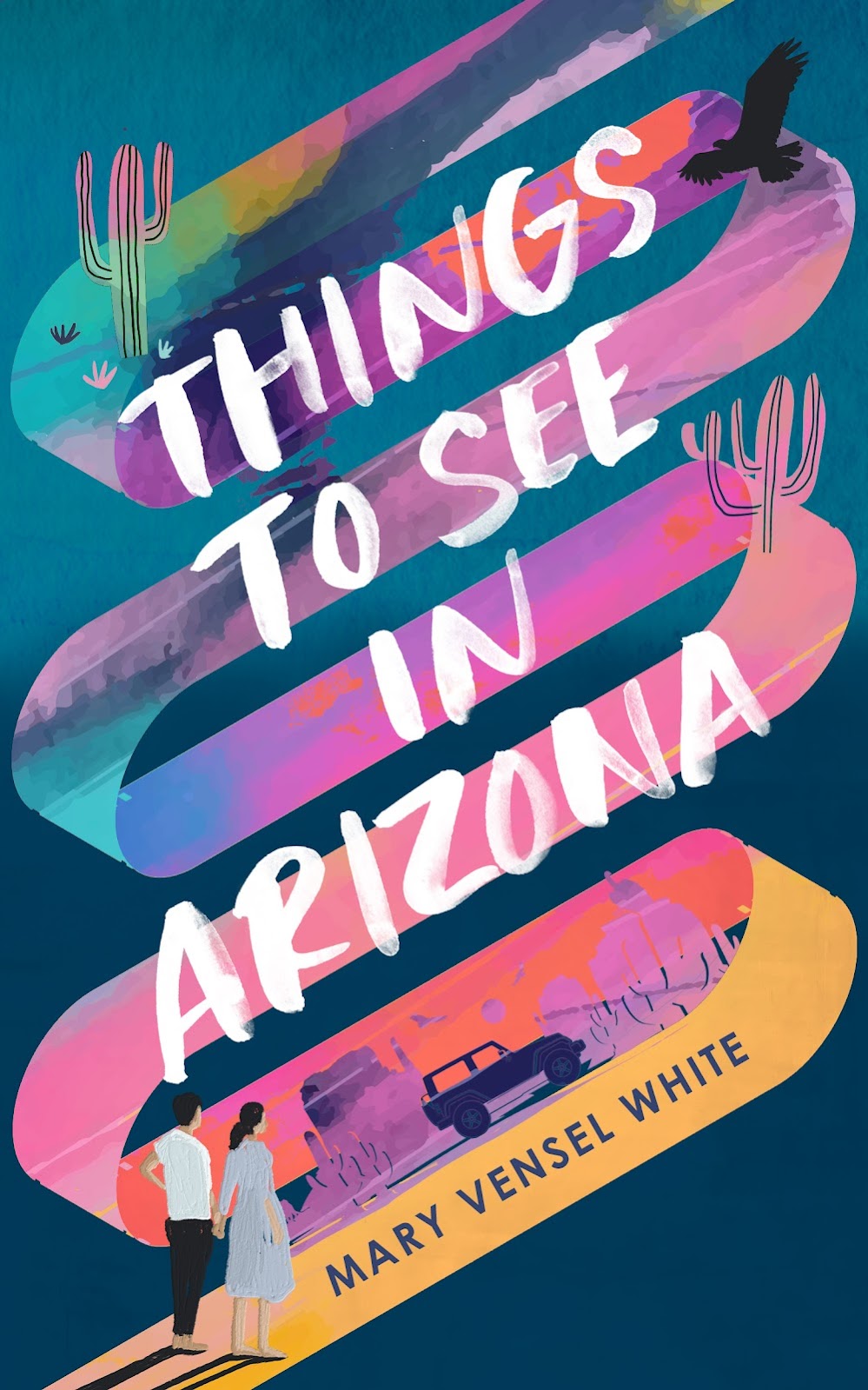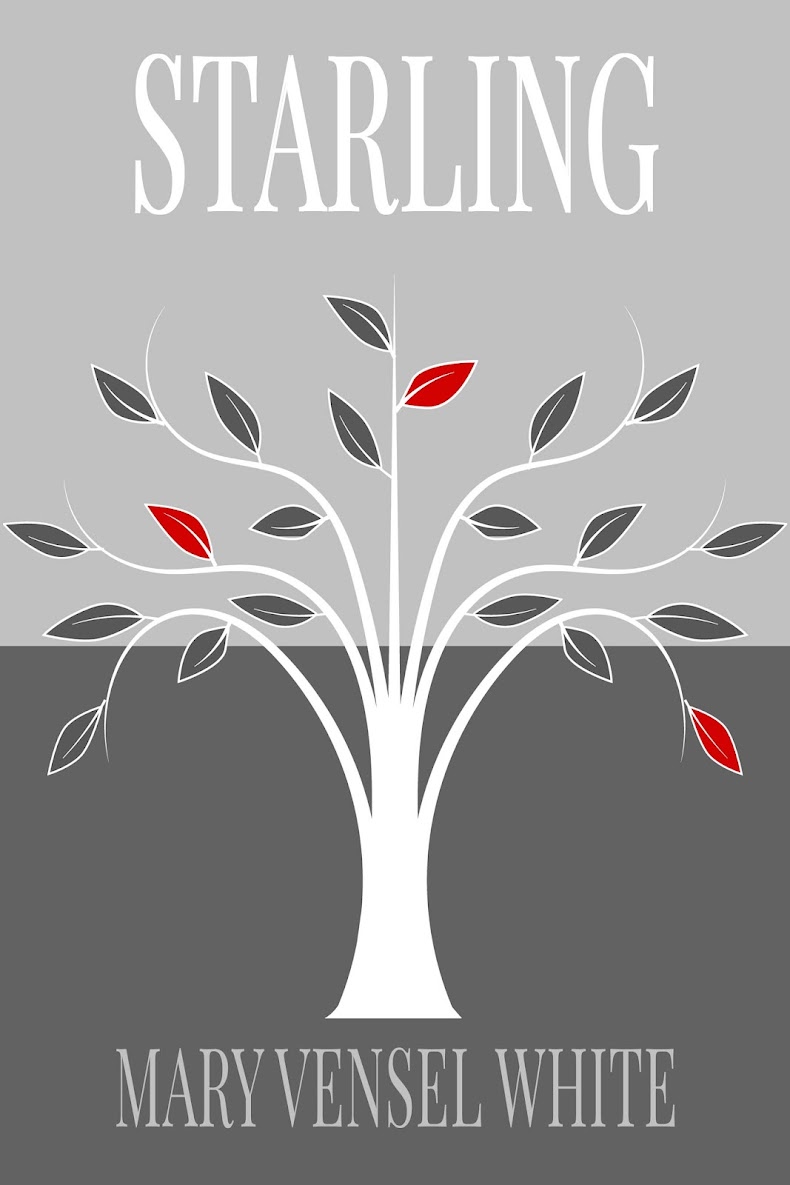Here’s the trouble I’m having with The Overstory (which isn’t
really much of a trouble at all): it isn’t a fast read. Each story/chapter
feels like a place to stop and think, and I also take breaks while reading to look up
facts, and words I don’t know, and things about which I’m now interested. After
a chapter, I usually want to stop for a while and digest. Not after all of the
chapters, perhaps; some are quite short. But the long ones, like that first
chapter that I gushed about—some of the long ones feel complete and
satisfactory, all on their own.
One such chapter is “Patricia Westerford,” which, basically,
tells the entire life story of the so-named character. She’s a misfit in some
ways, and her father eschews traditional school for her, choosing to take her
into the “woodlands world” and teach her things about nature instead. This
chapter is full of interesting tree facts:
“If you carved your name four feet high in the bark of a
beech tree, how high would it be after half a century?
She loves the answer to that last one: Four feet. Still four feet. Always four feet, however high the
beech tree grows. She’ll love that answer still, half a century later.”
and
“He tells her how the word beech becomes the word book, in language after language.”
Also, there are wonderful, wise sentences I want to read again
and again:
“As certain as weather coming from the west, the things
people know for sure will change. There is no knowing for a fact. The only dependable things are humility and looking.”
and
“There are a hundred thousand species of love, separately
invented, each more ingenious than the last and every one of them keeps making
things.”
And the beauty of some of these isn’t merely in the words, which are lovely, but in the way that each piece of this chapter ties back to and cooperates with everything else, much as the forest is described here:
“Everything in the forest is the forest. Competition is not separable from endless flavors of cooperation. Trees fight no more than do leaves on a single tree.”
There is a lovely, layering effect happening with this novel, much like the rings of a tree, as I can feel everything connecting and growing, one chapter to the next. Anyway, it’s quite remarkable. And I’m chagrined to admit that Patricia Westerford’s chapter was another that made me cry at the end, because of how good it was.
Also…I’m keeping a running list of the vocabulary that sends me to my phone for definitions while reading. For most, I was able to get a contextual gist, but I looked them up anyway. I'll share a couple of them here, in lieu of a tree poem this week.

Understory: a layer of vegetation beneath the main canopy of a forest.
Pleach: entwine or interlace (tree branches) to form a hedge
or provide cover for an outdoor walkway, such as this photo.
This last definition reminded me that I had seen something online recently, about how newlyweds used to plant sycamores on either side of a walkway, so they could grow together. Like this:
Lastly, quite suddenly the other day it occurred to me that the title of my first novel, The Qualities of Wood, came from a metaphor, about looking closely at the grains and growth pattern of wood to ascertain its qualities, much as you look closely inside someone to try to know them better. And remembering those inspirations from many years ago is now enriching my reading of The Overstory as well.
I'll have some time on airplanes this coming week, and expect to make great progress on the book, and will no doubt have something to say again next week.
















0 comments:
Post a Comment